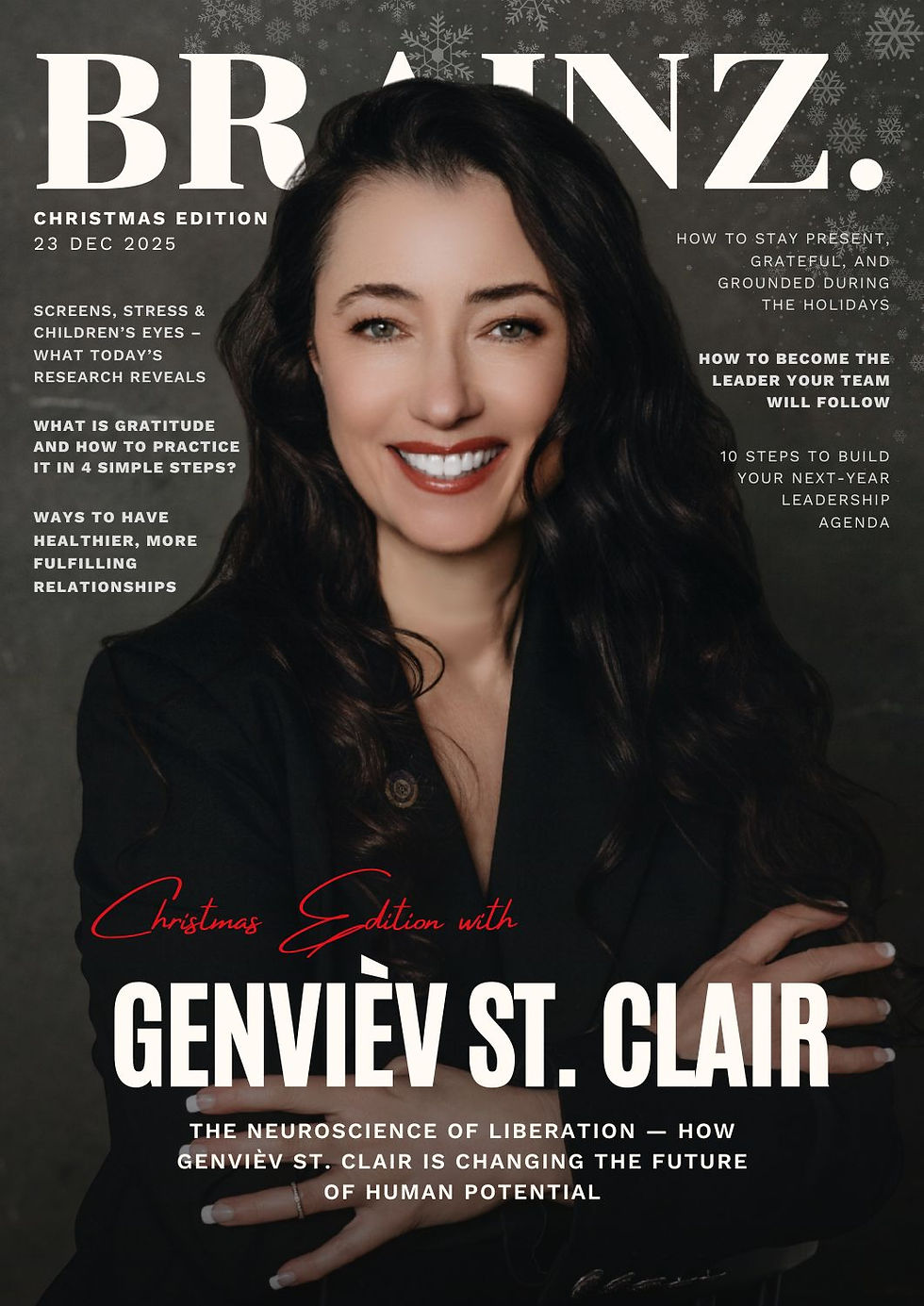Charlene Andersson on Turning Big Ideas Into Lifelong Impact
- Brainz Magazine

- Jul 4, 2025
- 4 min read
Charlene Andersson’s story starts in New Jersey, but her work has touched lives across the globe. Based in Los Angeles today, Charlene is known not just as an educator and therapist, but as someone who brings bold, meaningful ideas to life—quietly and consistently.

For more than three decades, Charlene taught in California schools, supported students through educational therapy, consulted internationally, and developed unique programs that blend creativity and compassion. Her impact has been felt by students, families, and educational leaders across cultures and continents.
“I was never trying to be innovative just for the sake of it,” Charlene says. “I simply looked at what wasn’t working for some kids and asked, ‘What else is possible?’”
Launching Stories That Teach: Her Latest Books
Charlene’s latest contributions come in the form of two newly released children’s books:
The Creative Adventures of the Brainstorm Buddies
A Circle of Friends
Both titles reflect her belief that big ideas aren’t just for adults—and that young readers should be empowered to think differently, feel deeply, and take action.
The Creative Adventures of the Brainstorm Buddies follows a group of young inventors who, driven by friendship and compassion, design a tool to help a classmate facing a challenge. The story blends STEM concepts with creativity and real-world impact. What makes the book even more unique is the inclusion of a fillable provisional patent application. Kids are encouraged to complete and send it in—with the help of an adult—to earn a provisional patent.
“I wanted kids to feel that their ideas matter,” Charlene explains. “When you guide them to see invention as an act of empathy, they stop thinking small.”
Her second book, A Circle of Friends, tells a more emotional story. It centers on a boy named Erik whose kindness and presence transform the life of a lonely classmate. The book explores how children experience fear, sadness, and connection. It’s about emotional courage as much as it is about social growth.
“Not every solution is mechanical,” Charlene says. “Sometimes it’s just about being the one who stays, listens, and invites someone in.”
Education That Goes Beyond the Classroom
Charlene began her career in public schools, where she quickly stood out. For ten years, her students consistently earned the highest standardized test scores in the district. But numbers were never her goal.
“I didn’t chase scores. I chased trust,” she says. “The scores followed because the students felt safe enough to try.”
Parents noticed. Many petitioned the school to allow their children to remain in Charlene’s class for multiple years—a practice called looping. The result? Continuity, confidence, and strong relationships.
Outside the classroom, Charlene built enrichment programs for children staying at UCLA Mattel Hospital and the Ronald McDonald House. These initiatives helped young patients use art and storytelling as a way to heal.
“It wasn’t about distraction,” she says. “It was about giving them something to create, to express, and to own during a time when everything else was uncertain.”
Global Learning, Local Results
In 2005, Charlene’s work caught the attention of the Japanese government. She was selected as the U.S. delegate for a curriculum integration program and spent time in Japan collaborating with educators.
“I didn’t go there to impose my ideas,” she says. “I went to learn and share.”
Later, she was invited to support curriculum development in Cuba and parts of the Middle East. She also consulted with the U.S. Secretary of Education on strategies for differentiated instruction and student engagement.
Her international work underscored a truth she had already seen in every classroom: “Teaching is a universal language. What changes is how it’s supported.”
Moments That Matter Most
While Charlene has earned honors, spoken to thousands of educators, and published multiple works, it’s the small wins she values most.
She recalls one student who was obsessed with the Mars Rover but struggled socially. Charlene created a class project where that student led a group effort to improve the Rover. Together, they filed a provisional patent. Months later, they received a letter from NASA’s Jet Propulsion Lab.
“The real win wasn’t the letter,” Charlene says. “It was watching his classmates see him as a leader for the first time.”
Another student lacked confidence and friends. Charlene reached out to the LA Rams and arranged for the student to attend a game and get a behind-the-scenes tour. That student went on to become a football recruit for college.
“I couldn’t teach self-worth through a worksheet,” she says. “But I could teach it by believing in them when it mattered.”
Why Her Ideas Matter Now
Charlene’s new books are just the latest way she’s challenging how we think about learning, childhood, and the role of imagination. Her work asks a simple but powerful question: What happens when you treat kids not just as students, but as inventors, friends, and future changemakers?
She continues her private educational therapy practice in Los Angeles, working with students who face learning differences, social-emotional challenges, and confidence barriers. Her approach blends structure with creativity, therapy with action.
“I’m not here to fix kids,” she says. “I’m here to help them see what they’re capable of.”
That mindset—rooted in curiosity, care, and real-world results—has turned Charlene Andersson’s ideas into something lasting. Not just in books or patents, but in people. One student, one story, one breakthrough at a time.










.jpg)